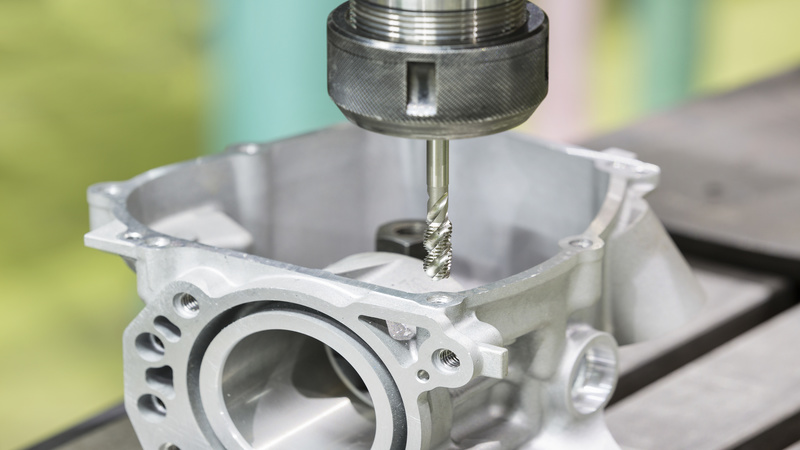Throughout history, there has been a desire to create a polished, uniform look to the surface of metals of all types. In the past a combination of grinding, polishing and finishing have resulted in a polished surface, but with a faint pattern in the surface that gives a brushed or directionally look to the finish.
Vibratory types of finishing have largely eliminated this, and the use of isotropic finishing technology has added to the final appearance. Combining vibratory finishing with specific chemical processes can speed up the finishing and provide a surface that is considered to the non-directional, or that looks the same way from any direction.
The Benefits
In addition to just providing the non-directional, smooth surface the processing of components using isotropic finishing also creates smoother edges and releases the stress risers on the surface of the metal that can occur through machining. When these stress risers are removed, the surface of the metal becomes stronger and more durable.
The use of chemicals to complete the finishing process are specifically and carefully chosen to suit the specific alloy or metal. With the right choice of chemicals and the right vibratory action, the finishing is fast, repeatable and lower costs than other methods that may be used to create the same finish.
A Simple Explanation of the Process
While each finishing process will be adjusted to suit the material, there is a similar process to each application. In isotropic finishing an active chemical forms a type of pliable film on the surface of the metal. Then specific types of media in the barrels or containers rubs against the surface to remove the variations in the underlying surface. This continues throughout the process, forming and removing the film and the slight irregularities until the desired surface finish is achieved.
The nature of the media used for the components will only make contact with the raised surfaces, not with the flat or lower surfaces. Additionally, polishing agents may be used to refine the finish and prepare the part for further fabrication or finishing as needed based on the specific part or component.
The result is a perfect surface on the parts that allows them to be further finished or used directly in manufacturing and fabrication. Quick, easy and effective, this finishing method can be used for large and small parts or components with short turnaround times and repeatable results to the tolerances required.



